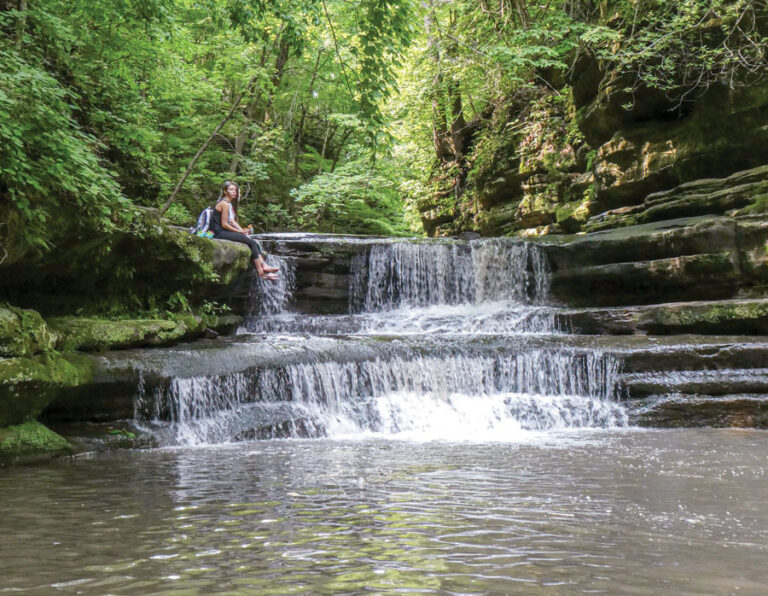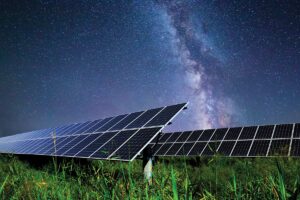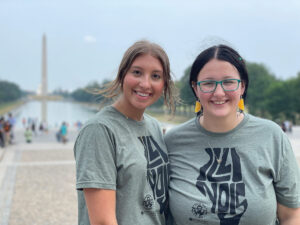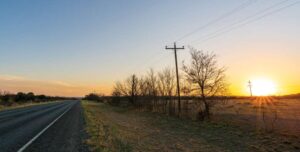Broadband access is the great equalizer. It enables a virtual workforce, distance learning and telemedicine, and connects local communities to the global economy.
Yet, more than 21 million Americans lack high-speed internet access simply because of their zip code.
In 2020, that’s unacceptable. Especially since efforts to address the digital divide began nearly 25 years ago.
The need to invest in rural broadband hits especially close to home for electric cooperatives, which are led by and belong to the rural communities they serve. An estimated 6.3 million households in co-op-served areas lack broadband access, leading to $68 billion in lost economic value over 20 years.
If the task was easy to solve, big telecom corporations would have already done it. Low population densities and rugged terrain make for challenging economics. The diversity of local circumstances in communities across the nation require tailored plans and innovative partnerships to solve the digital divide. Electric co-ops can be an important part of the solution. More than 100 electric co-ops are already providing broadband solutions in their communities. These co-op projects cover areas ignored by other service providers and they’re paying off.
As co-ops and their communities face the future together, federal and state partners have a supportive role in the fight to close the digital divide. That has not always been the case, but the tide is shifting.
In 1996, the Federal Communications Commission (FCC) launched the Universal Service Fund. Roughly half of the USF funds are designed to help enhance internet coverage in rural and hard to reach areas. Those funds were largely available only to telephone companies in existence when the USF began. In 2018, the FCC reversed course by allowing electric co-ops to receive these funds to bring broadband to high-cost areas.
Earlier this year, the FCC began the process of establishing the rules for its $20.4 billion Rural Digital Opportunity Fund (RDOF) auction, which will make $16 billion available over 10 years in the first of two auctions later this year. This represents one of the largest infusions of funding for rural broadband deployment ever.
The final rule governing the auction applies important lessons learned from previous broadband funding, including changes that will promote higher internet speeds for consumers. With the RDOF auction, the FCC is poised to build on a successful Connect America Fund (CAF) II auction and take a serious step toward closing the digital divide.
The details of this next auction matter greatly, and as they come into focus, it’s important for policymakers to keep their eyes on the ball.
The FCC is still determining the specific areas that will qualify for funds. This is an important detail to ensure that every community that completely lacks connectivity is eligible for funding through the first auction. It’s also important for the FCC to allow the participation of states that have dedicated their own funds for broadband deployment. State broadband funding is a key piece of the puzzle that complements federal efforts, and one for which the FCC should not penalize states.
A 2018 study by Purdue University found that every dollar invested in rural broadband returns nearly four times that much to the state of Indiana’s economy. The analysis also showed the state could unlock $12 billion in net economic benefits over a 20-year period if broadband was deployed statewide.
Addressing the digital divide requires continued commitment and funding by Congress and other federal and state agencies. As policymakers implement rules to expand rural broadband access, they must consider the diverse nature of rural communities and the challenges they face.
Electric co-ops remain committed to working with policymakers to find solutions and reach the shared goal of digital equality in rural America.









